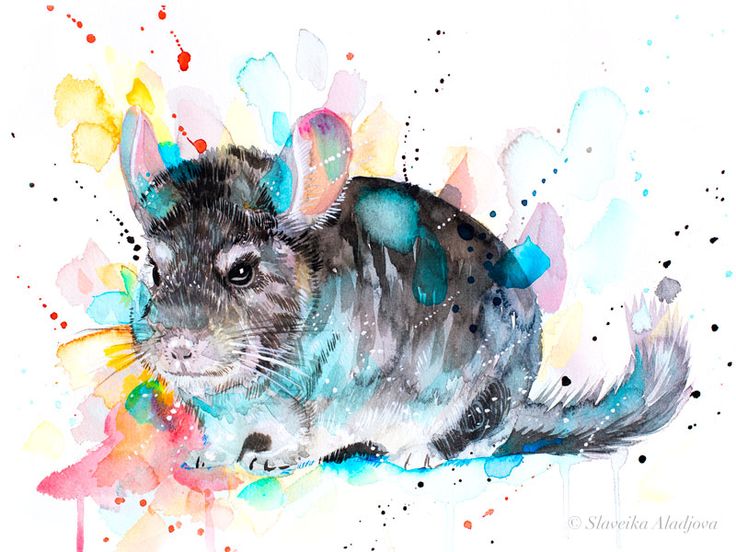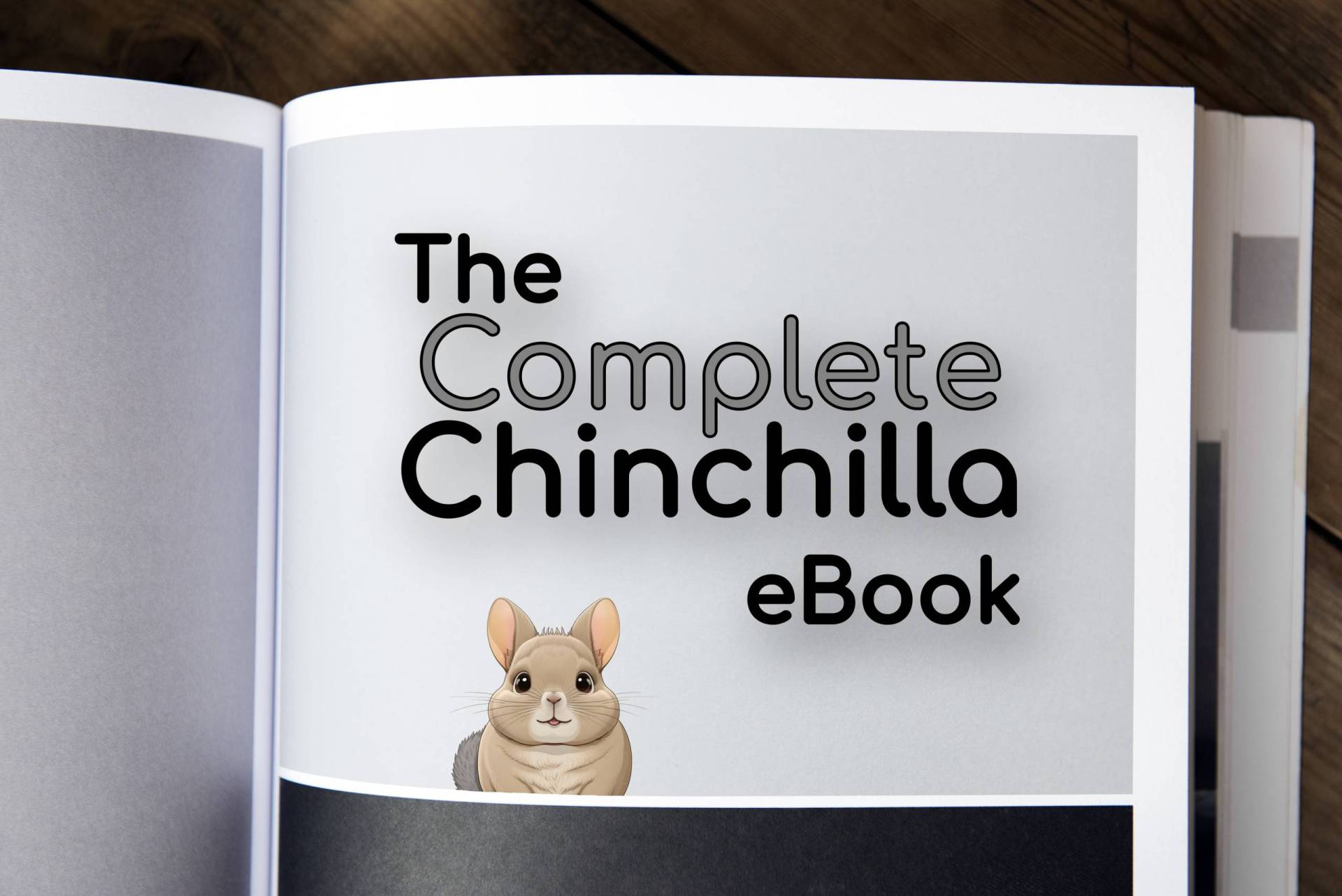As chinchilla owners, we all know how much our little friends love to explore and play. However, sometimes their curiosity can lead them to unexpected places, and they may end up with a coat covered in paint. It’s important to act fast in this situation to avoid any potential harm to your chinchilla’s health. In this article, we’ll discuss how to safely and effectively get paint off your chinchilla.
Why Paint is Dangerous for Chinchillas?
Before diving into how to remove paint from your chinchilla’s fur, it’s important to understand why paint is dangerous for them. Paint can contain harmful chemicals that can be absorbed through the skin or ingested when the chinchilla grooms itself. This can lead to health problems such as respiratory issues, liver damage, and even death.
Additionally, chinchillas have very sensitive skin, and the chemicals in paint can cause irritation, itching, and even burns. If your chinchilla has come into contact with paint, it’s essential to act quickly to avoid any potential harm.
Step-by-Step Guide to Removing Paint from a Chinchilla’s Fur
– Step 1: Assess the Situation
The first thing you need to do when you notice paint on your chinchilla’s fur is to assess the situation. What type of paint is it? Is it water-based or oil-based? Is it still wet or has it dried? Knowing the answers to these questions will help you determine the best course of action.
Water-based paints are generally easier to remove than oil-based paints, as they can be dissolved with water. However, if the paint has already dried, it may be more difficult to remove. Oil-based paints, on the other hand, are more difficult to remove, as they require solvents to dissolve.
– Step 2: Don’t Panic
It’s understandable to be worried when you notice paint on your chinchilla’s fur, but it’s important to remain calm. Panicking can cause your chinchilla to become stressed, which can be dangerous for their health. Take a deep breath, and remember that you can handle this situation.
– Step 3: Clean the Affected Area
Before attempting to remove the paint, it’s important to clean the affected area with a damp cloth. This will help remove any loose paint and prevent your chinchilla from ingesting it while you’re trying to remove it.
– Step 4: Determine the Best Method
The method you use to remove the paint will depend on the type of paint and whether it has dried or not. Here are some methods to consider:
- For Water-Based Paint:
- If the paint is still wet, you can use a damp cloth to gently wipe it off. Be careful not to rub too hard, as this can irritate your chinchilla’s skin.
- If the paint has dried, you can try using a mixture of water and dish soap. Mix equal parts water and dish soap in a bowl, and then dip a clean cloth into the mixture. Gently dab the affected area with the cloth, being careful not to rub too hard. Rinse the area with clean water and then dry with a clean towel.
- For Oil-Based Paint:
- If the paint is still wet, you can use a cloth dampened with mineral spirits or turpentine to dissolve the paint. Be sure to wear gloves and work in a well-ventilated area, as these solvents can be harmful to humans.
- If the paint has dried, you can try using a mixture of equal parts baking soda and coconut oil. Mix the baking soda and coconut oil in a bowl until it forms a paste. Apply the paste to the affected area and let it sit for a few minutes. Then, use a damp cloth to gently wipe the area clean.
– Step 5: Rinse and Dry
After you’ve removed the paint, it’s important to rinse the affected area with clean water to remove any remaining residue from the paint or cleaning solution. Then, dry your chinchilla with a clean towel or let them air dry in a warm and dry room.
– Step 6: Observe Your Chinchilla
After removing the paint, it’s important to observe your chinchilla for any signs of discomfort or health issues. Look for any redness, swelling, or irritation on their skin, and monitor their behavior to make sure they’re acting normally.
If you notice any signs of discomfort or health issues, it’s important to take your chinchilla to a veterinarian who specializes in exotic animals. They can provide the necessary treatment and advice on how to care for your chinchilla during their recovery.
Preventing Paint Accidents
While accidents can happen, there are some steps you can take to prevent your chinchilla from coming into contact with paint in the first place.
- Keep paint and other chemicals out of reach: Store all paint and other chemicals in a secure location that your chinchilla cannot access.
- Chinchilla-proof the play area: Before letting your chinchilla play, make sure the play area is free of any potential hazards, such as open cans of paint or other chemicals.
- Supervise playtime: Always supervise your chinchilla during playtime to ensure they’re not getting into anything they shouldn’t.
- Use non-toxic art supplies: If you’re an artist and use paint or other art supplies around your chinchilla, make sure to use non-toxic and water-based products.
While it’s not uncommon for chinchillas to get into trouble and end up with paint on their fur, it’s important to act quickly to remove it to prevent any potential harm to their health. By following the steps outlined in this article, you can safely and effectively remove paint from your chinchilla’s fur.
Remember to always observe your chinchilla after removing the paint for any signs of discomfort or health issues. And, to prevent accidents from happening in the first place, take steps to keep paint and other chemicals out of reach, chinchilla-proof play areas, supervise playtime, and use non-toxic art supplies.
By taking these precautions, you can keep your chinchilla safe and healthy while still allowing them to explore and play to their heart’s content.







